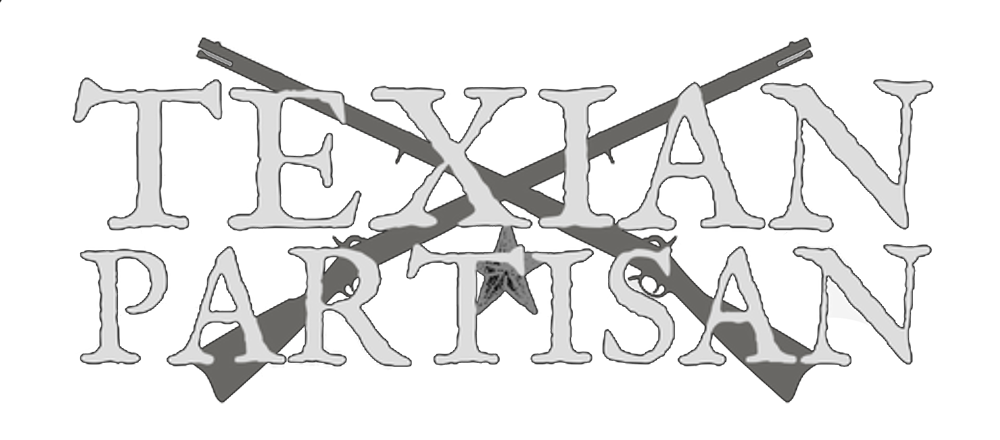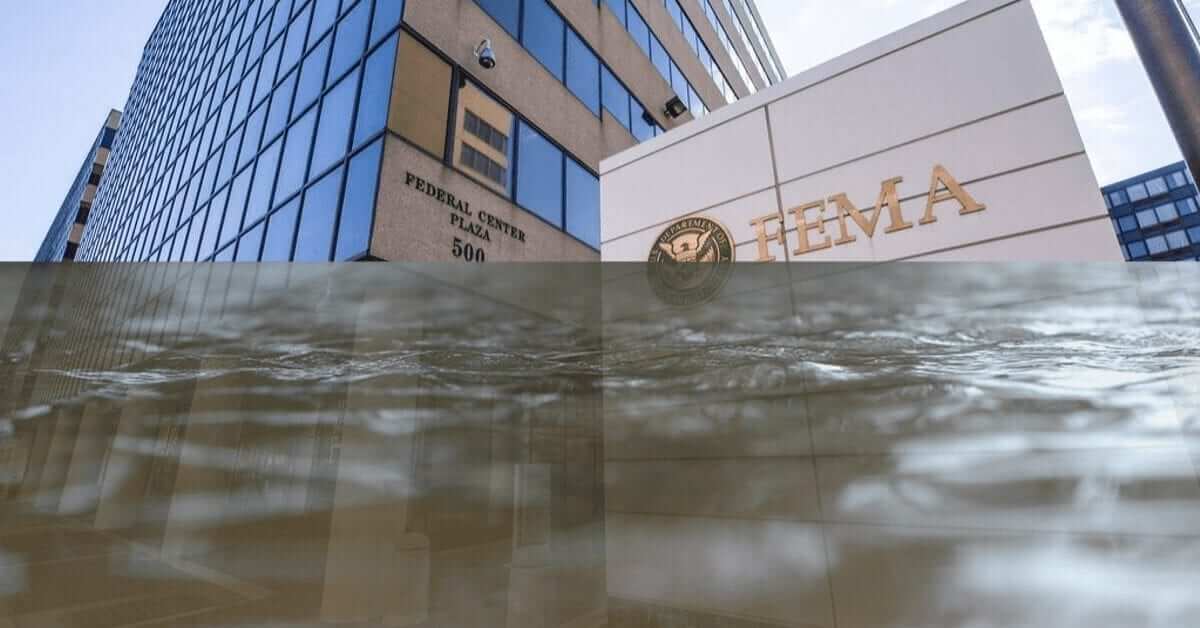As Hurricane Helene wreaks havoc across the southeastern U.S., one thing has become abundantly clear: the federal response, led by FEMA, has the efficiency of the U.S. Postal Service on strike—a level of dysfunction we’ve sadly come to expect from Washington bureaucracies. Despite the federal government’s attempts to paint itself as a critical player in disaster relief, the reality on the ground tells a different story. Local agencies, non-profits, and volunteers are the ones truly driving recovery efforts, while FEMA hinders more than it helps.
Just as we’ve seen after past storms like Hurricane Harvey, FEMA’s presence in the aftermath of Helene is more about creating paperwork than providing real relief. Over 5,000 federal personnel have been deployed, yet nearly one million people in the Carolinas remain without power, many roads are still impassable, and the death toll continues to rise. While local first responders and private organizations rush to save lives and rebuild, FEMA is busy processing disaster declarations and distributing small amounts of funding that will barely make a dent in the massive recovery effort.
FEMA’s inefficiency is nothing new. Texans remember it well. During Hurricane Harvey, locals took immediate action while FEMA got bogged down in its usual bureaucratic delays. In the Bastrop wildfires, volunteers were turned away because FEMA couldn’t coordinate properly. Time and time again, FEMA’s slow-moving, red tape-ridden approach has proven more of a hindrance than a help.
It’s the same story now with Helene. Despite the federal government’s boasts about sending relief, the bulk of the real work—rescuing people, restoring power, and rebuilding homes—is being done by state agencies, local authorities, private companies, individual citizens, and non-profits. Volunteers and everyday citizens are the ones stepping up to clear debris, deliver food, and help their neighbors rebuild, while FEMA remains tangled in bureaucracy.
If FEMA were a private organization, it would have gone out of business long ago. The inefficiency and delays that have become its trademark are simply unacceptable in life-and-death situations. Yet, critics still argue that Texas can’t manage disasters without the federal government. But the truth is, we don’t just manage—we thrive. Texans have always taken care of each other, from the hurricanes on the Gulf Coast to wildfires in the Hill Country. We mobilize faster, respond better, and rebuild stronger when we don’t have to wait for federal approval.
Let’s be honest: every dollar FEMA spends in Texas is just a small fraction of what Texans have overpaid into the federal system. Since Hurricane Ike, Texans have contributed over $1 trillion more to the federal government than we’ve received back. And when disaster strikes, FEMA shows up with a clipboard and paperwork, handing back a tiny portion of what we’re owed—if we jump through enough bureaucratic hoops.
The inefficiency of FEMA should make it clear that Texas would be better off handling disasters on our own, keeping the billions we send to Washington and using it to fund our own relief efforts. Just like after every major storm, it’s the people of Texas who do the heavy lifting—organizing supply runs, rescuing neighbors, and restoring normalcy—not the federal government. If Texas were independent, we could respond to disasters with the full force of local agencies, volunteers, and private groups—without the hindrance of a federal agency that seems more interested in slowing things down than speeding up recovery.
As Texans, we know that we don’t need Washington to tell us how to respond to a crisis. We’ve done it before, and we’ll do it again. In fact, we’d do it better if we didn’t have to wait for FEMA’s approval or deal with their inefficiency.
Texans take care of Texans. Always have. Always will. Let’s leave the inefficiencies of FEMA—and the federal government—behind.


